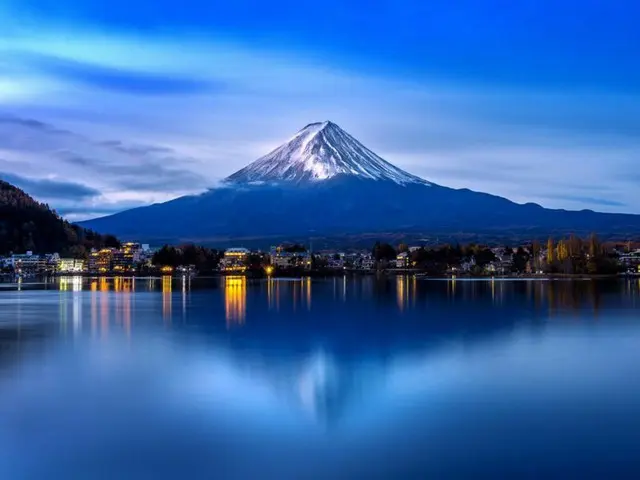The government has decided to dump volcanic ash into the ocean if it erupts. They are considering temporarily storing it in a park or field, but there is a high possibility that there will be a shortage of land, so they decided to consider dumping it into the ocean.
Japan's Marine Pollution Prevention Act prohibits the dumping of waste into the ocean in principle, but it is permitted if the Minister of the Environment deems it necessary. The problem is the environmental impact of dumping volcanic ash into the ocean. from the experts
The consensus is that it is of natural origin and has little impact, but the company is considering investigating samples and examining the environmental impact before making a decision.
The Japanese government plans to gather experts next month to begin full-scale discussions.
The Japanese government's Central Disaster Prevention Council has announced that volcanic ash would need to be removed in the event of an eruption on the scale of the Hoei eruption of 1707.
is estimated to be 10 times more disaster waste than the 2011 Great East Japan Earthquake. The amount of volcanic ash that needs to be removed is estimated at 490 million cubic meters. Volume is approximately 1.24 million cubic meters
The area is approximately 47,000 square meters, which is equivalent to 390 Tokyo Domes. Approximately 10 centimeters in central Tokyo and more than 30 centimeters in Kanagawa and Yamanashi prefectures near Mt. Fuji in about two weeks after the eruption.
It is expected that the volcanic ash above will accumulate. The Hoei eruption was an eruption of Mt. Fuji that occurred in 1707. At that time, volcanic ash also piled up in Edo, 100 km away. Amount of ejecta classified as volcanic ash
is estimated to be about 800 billion liters. Mt. Fuji has not erupted since then.
2023/12/31 07:08 KST
Copyrights(C) Edaily wowkorea.jp 75

